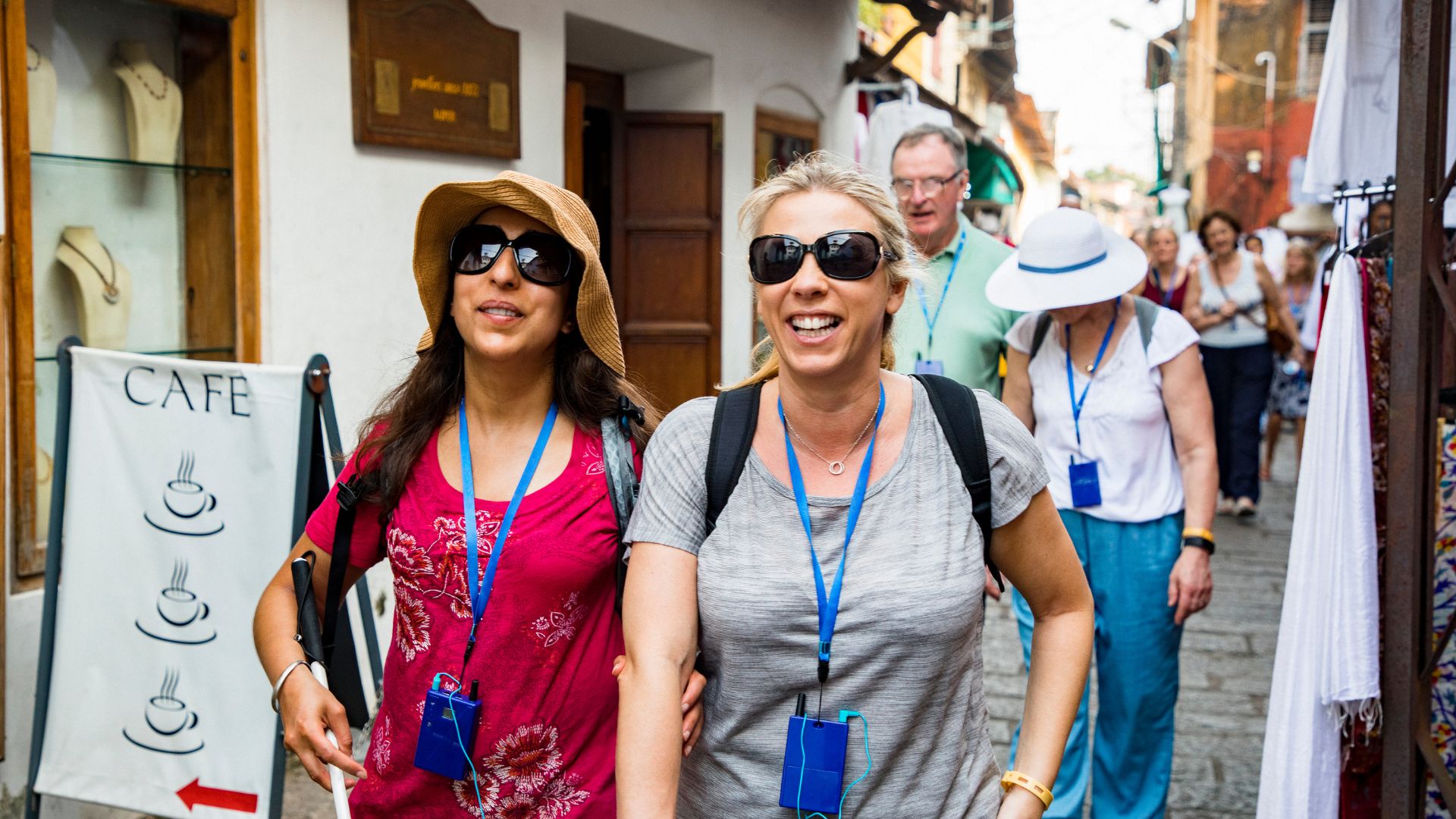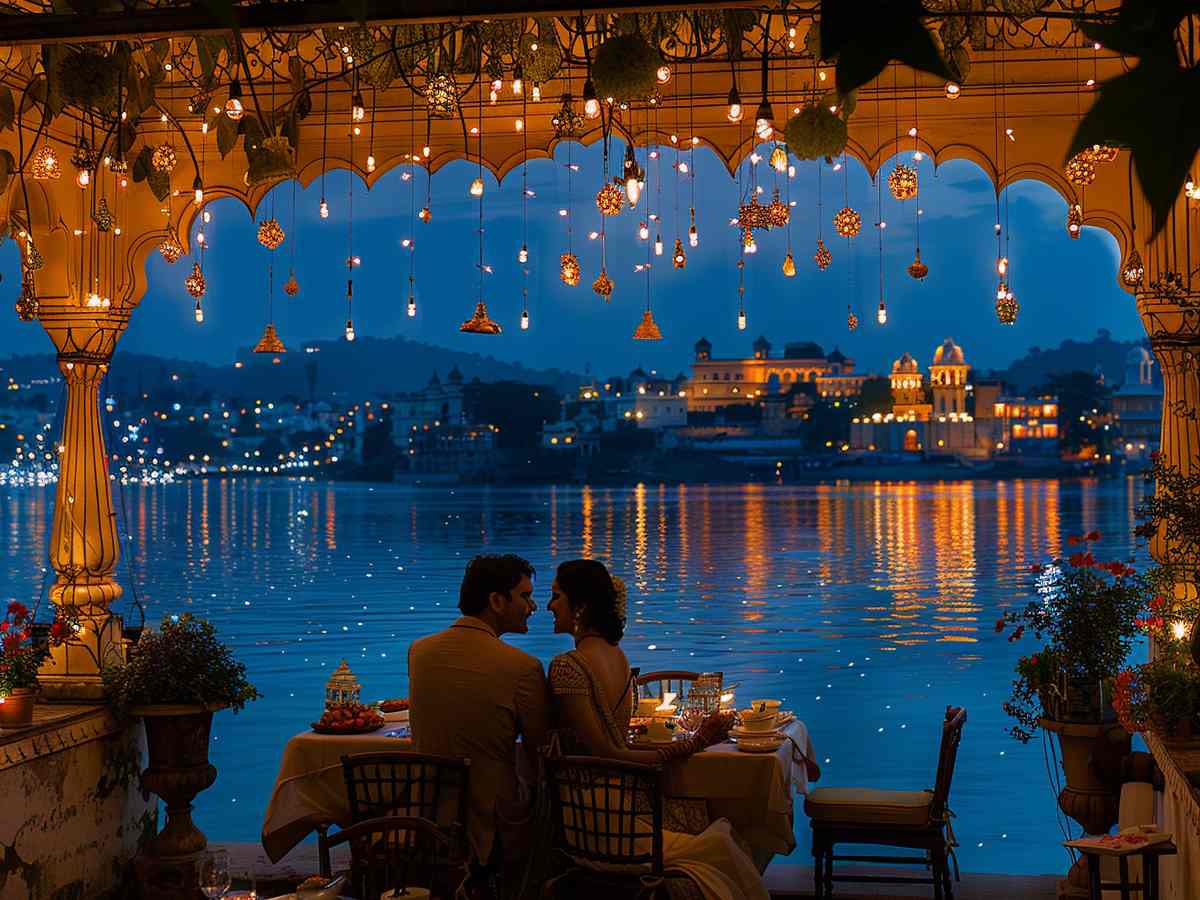
Best Time to Visit India 2025 | Budget & Organized India Tours by Top India Trips
Travelling to India is a once-in-a-lifetime experience. With its rich history, vibrant culture, majestic temples, and breathtaking landscapes, it's a dream destination for travelers around the world. However, to make the most of your journey, it’s essential to know the best time to visit India. The country's climate varies widely—from the snowy Himalayas in the north to the tropical beaches in the south. Additionally, India's grand festivals and cultural events can greatly enhance your travel experience.
In this complete guide by Top India Trips, we explore seasonal patterns, regional highlights, and major festivals to help you choose the ideal time for your adventure. Whether your trip is focused on spirituality, culture, nature, or relaxation, this guide will provide everything you need to plan the perfect itinerary.
1. Seasons in India and Their Impact on Travel
Winter (November to February)
This is the peak tourist season in most parts of India. The weather is pleasant and dry, making it ideal for sightseeing, outdoor adventures, and cultural festivals. North Indian destinations like Delhi, Agra, Jaipur, and Varanasi are most popular in this season. Wildlife sanctuaries such as Ranthambore and Jim Corbett are also best visited now due to increased animal activity.
Summer (March to June)
This period brings intense heat in the plains, especially in Rajasthan and central India. However, it is the perfect time to explore the cooler hill stations in the north such as Shimla, Manali, Leh, and Darjeeling. These regions offer relief from the heat and provide scenic landscapes, adventure sports, and peaceful retreats.
Monsoon (June to September)
Monsoon season comes with heavy rainfall across much of the country. While travel can be challenging due to floods or transport delays, the countryside transforms into lush green landscapes. It’s also a great time to visit Kerala and experience its romantic backwaters. Monsoon is considered the off-season, so travelers can benefit from low hotel rates and fewer crowds.
2. Best Time to Visit by Region
North India
The ideal time to explore Rajasthan, Delhi, Agra, and Uttar Pradesh is during the winter months. This is when the Golden Triangle circuit (Delhi–Agra–Jaipur) is most comfortable to travel due to cooler weather. Snow lovers and trekkers can enjoy the Himalayas in early summer or late winter.
South India
South Indian states like Kerala, Karnataka, and Tamil Nadu are best visited from October to March. The weather is cooler and more comfortable for exploring temples, coastal towns, and backwaters. Monsoon months can be beautiful too, especially in Kerala, but travel plans should be flexible.
Himalayan Region
Areas like Ladakh, Sikkim, and Himachal Pradesh are mostly inaccessible in winter due to snow but offer spectacular views in summer. Trekking, river rafting, and cultural festivals in this region are best enjoyed from May to September.
3. Festivals and Events That Influence Your Trip
- Holi (March): The festival of colors, celebrated across India with water, color powders, music, and dancing. Mathura and Vrindavan are famous for their Holi celebrations.
- Diwali (October–November): Known as the festival of lights, Diwali is celebrated with fireworks, sweets, and vibrant decor. It’s a magical time to experience Indian hospitality.
- Pushkar Camel Fair (November): A cultural extravaganza in Rajasthan where thousands of camels and traders gather. There are folk performances, competitions, and religious rituals.
- Other notable events: Navratri (September–October), Eid, Christmas in Goa, and Onam in Kerala.
4. Travel Planning Tips by Season
Booking Flights and Hotels
- Winter: Book 2–3 months in advance due to high demand.
- Summer: Easier availability, but book early for Himalayan regions.
- Monsoon: Great last-minute deals, especially in Kerala and Goa.
What to Pack
- Winter: Light layers, warm clothes for the north, sunscreen.
- Summer: Breathable cotton clothes, hats, sunglasses, and sunscreen.
- Monsoon: Waterproof jackets, quick-dry clothes, insect repellent, and sturdy shoes.
Health & Safety
- Stay hydrated in the heat.
- Carry mosquito repellent in humid areas.
- Always check travel advisories and weather forecasts, especially during monsoon.
Why Choose Top India Trips?
Planning a trip to India can be overwhelming due to the vast options and regional variations. That’s where Top India Trips comes in. We offer:
- Expert Guidance: Our travel consultants are locals who understand the best times and places for every traveler’s need.
- Customized Itineraries: Whether you're traveling solo, as a couple, or with family, we design packages that match your interests and budget.
- 24/7 Support: We’re available anytime during your trip to assist with changes, emergencies, or recommendations.
- Local Experiences: Go beyond tourist attractions with authentic cultural experiences, guided tours, and local cuisine.
- Trusted Network: We partner only with verified hotels, transport providers, and guides to ensure a safe and comfortable experience.
Conclusion
India is a destination for all seasons. Whether you're exploring the royal palaces of Rajasthan, meditating in Rishikesh, cruising the backwaters of Kerala, or trekking through the Himalayas, there’s a perfect time for your journey. The best time to visit India ultimately depends on your personal travel style, interests, and goals.
At Top India Trips, we make it easier for you to plan your ideal vacation. With expert local knowledge and tailor-made itineraries, we ensure that you experience India at its finest—no matter the season. Let us help you choose the right destination, time, and activities to turn your trip into an unforgettable adventure.

 En
En





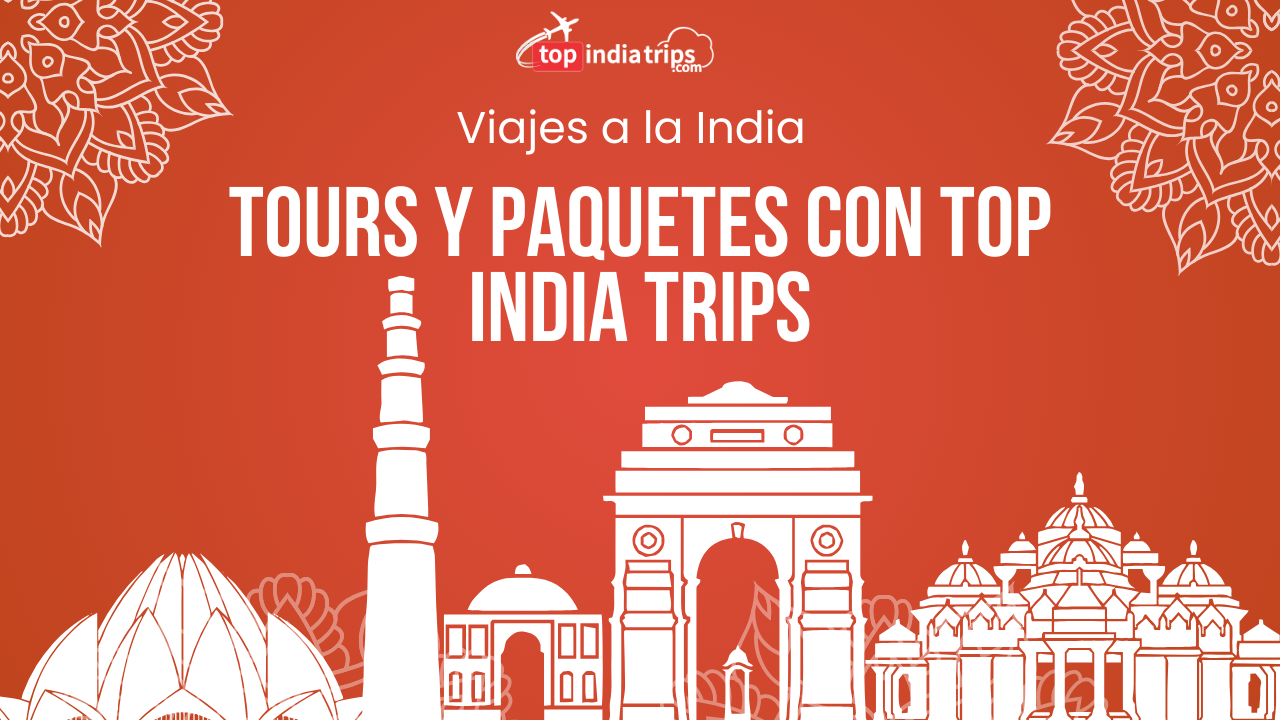
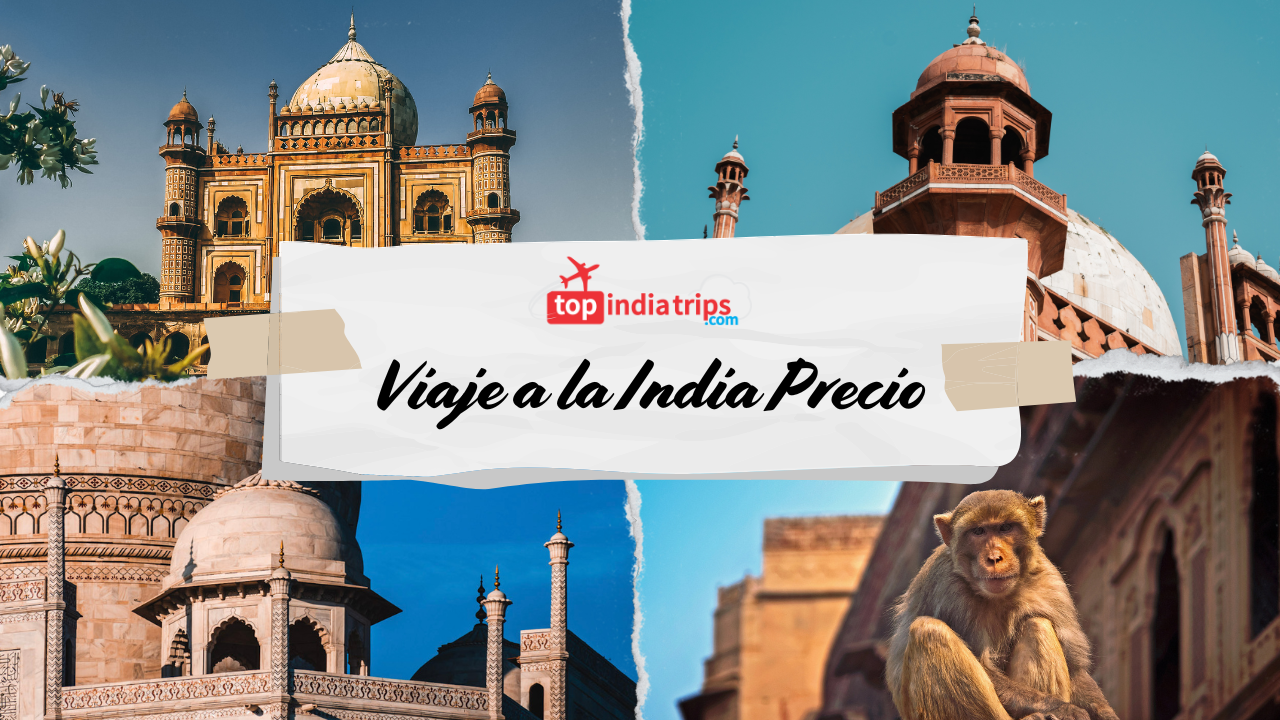
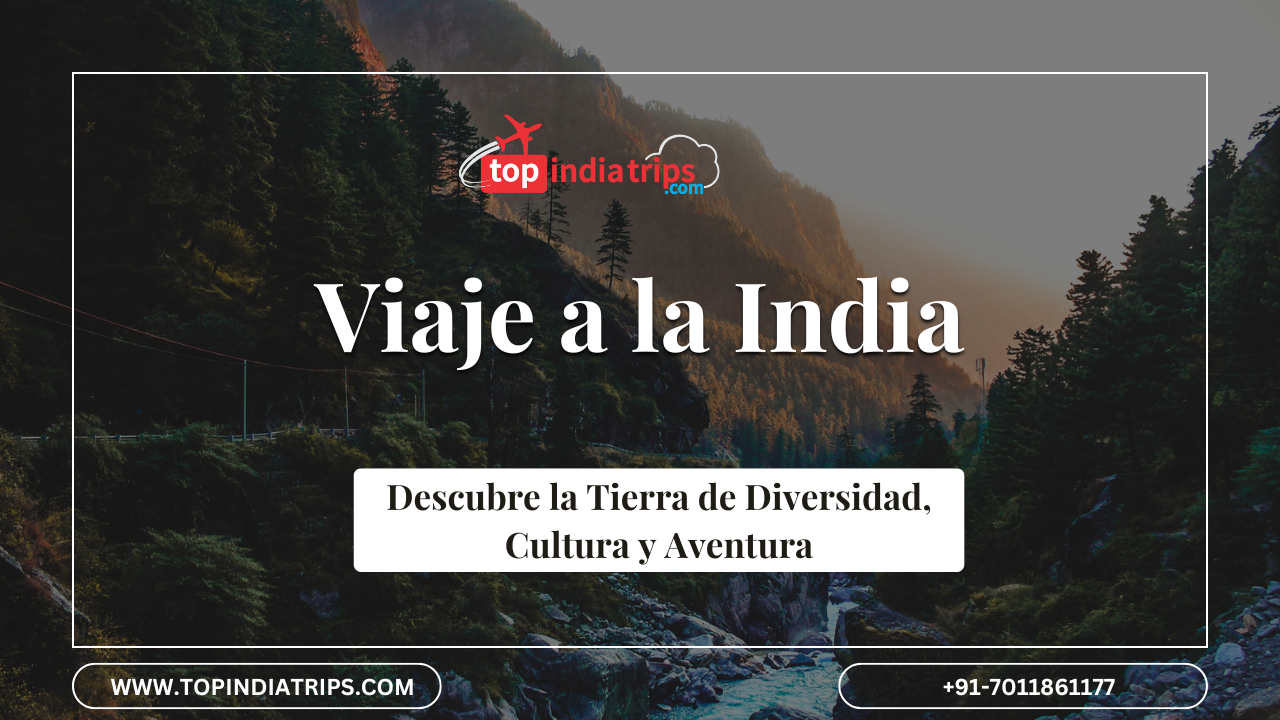
.png)

